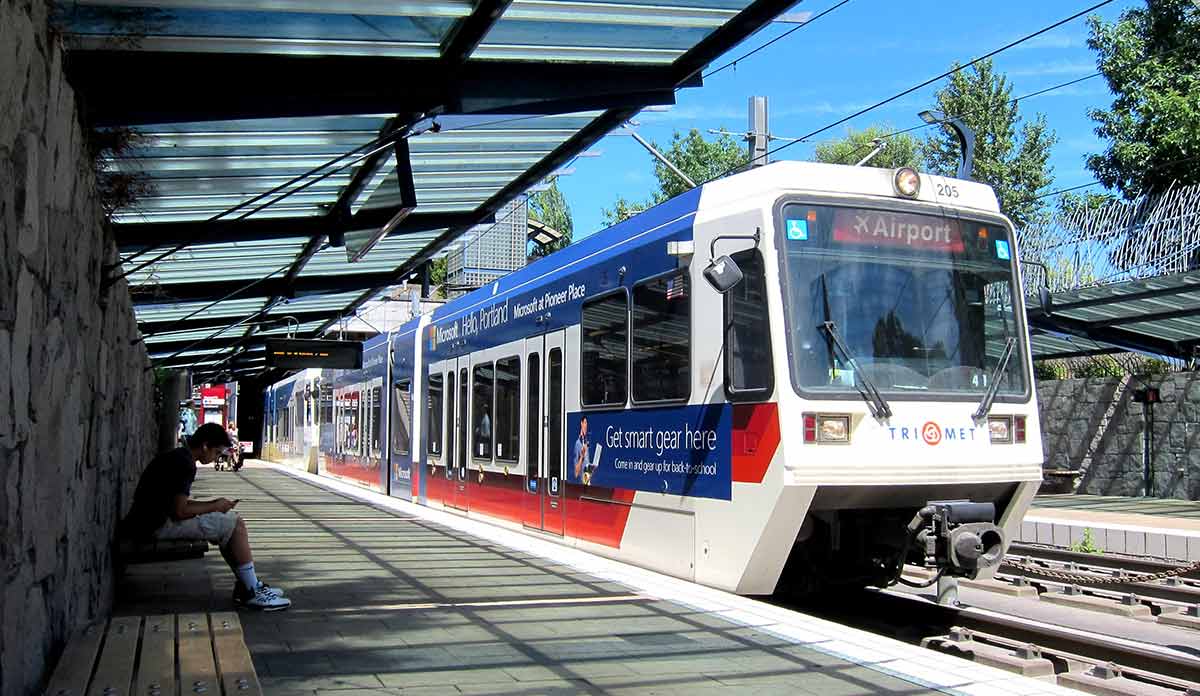Air pollution from vehicle exhaust has a substantial impact on health. Exhaust pollutants are linked to increased risk of lung and respiratory infections, cardiovascular disease, and high blood pressure, and stroke.
Public transportation is known to reduce transport-related air pollution.
Public transit moves many people efficiently, producing significantly less air pollution and increasing health benefits in surrounding neighborhoods. For example, one study from Atlanta found increased public transportation corresponded with improved air quality and a decrease in child asthma during the 1996 Olympic Games. While interventions exist to improve people’s health by decreasing air pollution, few studies have measured how pollution interventions can impact cardiovascular outcomes. Researchers Eun Park and Ipek Sener took advantage of the 2004 light rail installation in Harris County, TX to study if the transit system decreased vehicle emissions and in turn affected deaths from stroke between 2002-2005.
Traffic exhaust pollution was estimated as ambient acetylene concentration data from ten volatile organic compound (VOC) monitoring sites. Acetylene is a chemical specific to vehicle exhaust emissions, and thus a good measure of traffic census. Mortality data was collected from the Texas Department of State Health Services Center.
The researchers found that, after the installation of a light rail transit (LRT), average acetylene levels were reduced by 13% and stroke mortality was reduced by more than 30% within a 10-mile radius.
The researchers found that, after the installation of a light rail transit (LRT), average acetylene levels were reduced by 13% and stroke mortality was reduced by more than 30% within a 10-mile radius. In contrast, control areas experienced a less than 10% reduction of stroke mortality, and less than 1% reduction in acetylene levels.
Although there was a reduction in vehicle exhaust pollution, there were other factors associated with light rail transit stations that could have contributed to the decline in stroke deaths. A LRT station mitigates exposure to traffic noise pollution, which also could reduce the risk of stroke. Increased physical activity is another effect from installing a LRT system, and also decreases people’s risk of stroke.
Since passing the Clean Air Act in 1970, the EPA has been in charge of regulating air pollution, and supports the development of public transportation infrastructure. California is the only state that has successfully bargained for a Greenhouse Gas Federal Waiver to regulate its own vehicle pollution, adopting stricter emissions standards than those of the EPA’s. California’s regulations has since been embraced by thirteen states. As seen from Park and Sener’s study, reducing vehicle exhaust pollution can have positive health impacts on the surrounding community. These findings may be important to keep in mind as the current administration has announced plans to revoke California’s stricter emissions waiver.
Feature image: Michael Chu, Sunset TC Station, Portland MAX light rail train at Sunset Transit Center.













